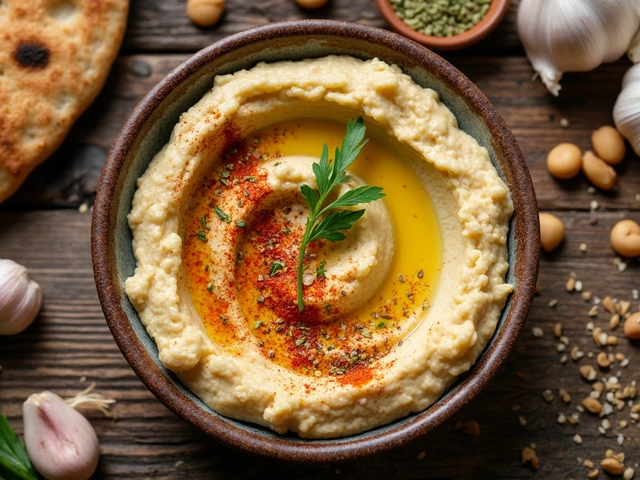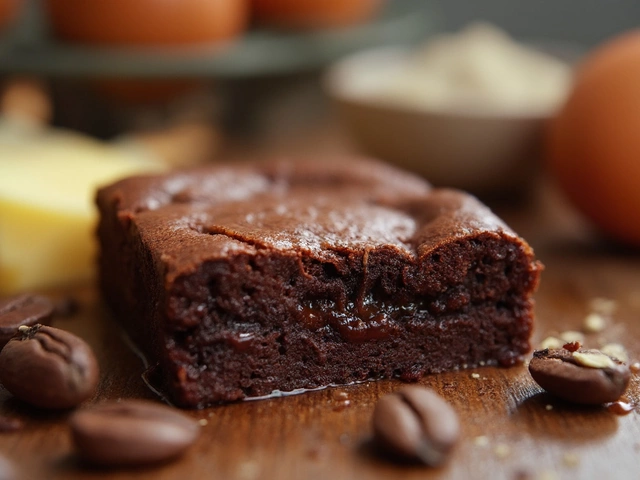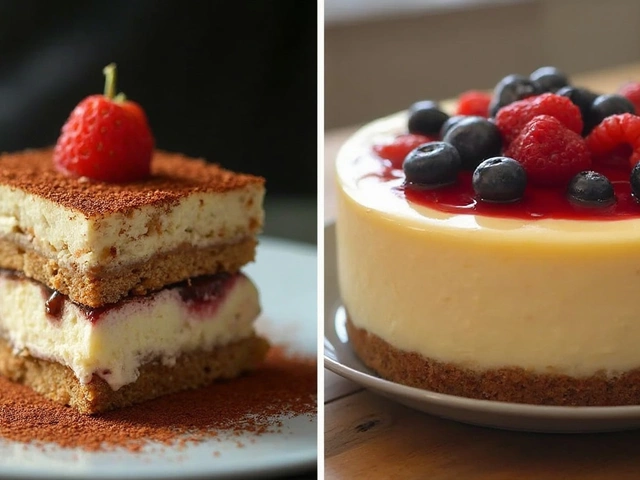Cheesecake Texture: How to Get That Perfect Creamy Bite
If you’ve ever cut into a cheesecake and found a grainy, dry spot, you know how disappointing it can be. The good news is that texture is mostly about technique, not fancy equipment. Below you’ll find the basics that turn a decent cheesecake into a silky slice you’ll want to brag about.
What Makes a Cheesecake Smooth?
The magic starts with the batter. Use room‑temperature cream cheese, sour cream, and eggs. Cold ingredients cause lumps that never fully melt, leaving a gritty mouthfeel. Beat the cream cheese alone first—about a minute on medium speed—until it’s completely smooth. Then add sugar and keep mixing until it looks glossy. When you add eggs, do it one at a time and scrape the sides often. Over‑mixing after the eggs go in can trap air, which later turns into tiny bubbles that make the crumb uneven.
Next, think about the bake. A water bath (or “bain‑marie”) creates a gentle, even heat that prevents the outer edges from setting too fast. Line a baking pan with foil, pour in the batter, then place the pan in a larger tray filled with hot water. The steam keeps the surface moist and stops the dreaded cracked top. If you skip the water bath, watch the oven temperature closely—most cheesecakes bake best at 300°F (150°C) or lower.
Tips to Fix Common Texture Problems
Grainy or curdled? That usually means the batter was overheated or the cheese was too cold. If it happens, you can blend the whole cheesecake in a food processor for a few seconds, then return it to the pan and finish baking gently.
Too dense? Reduce the amount of flour or cornstarch in the recipe. Some bakers add a teaspoon of flour just to stabilize, but if you want a melt‑in‑your‑mouth feel, skip it. Also, avoid over‑baking; the center should still wobble a little when you gently shake the pan.
Cracked top? Let the cheesecake cool slowly. Turn the oven off, prop the door open a crack, and let the cake sit for 30 minutes before removing it. Then chill it in the fridge for at least four hours. The gradual cooling prevents rapid contraction that cracks the surface.
Finally, store it right. Keep the cheesecake covered with plastic wrap or in an airtight container. A dry fridge can dry out the edges, making them rubbery. If you need to freeze it, wrap it tightly in foil first, then a freezer bag. Thaw in the fridge overnight, and you’ll still get that creamy texture.
With these simple steps—room‑temp ingredients, gentle mixing, a water bath, and slow cooling—you’ll consistently nail the perfect cheesecake texture. No fancy tools, just a little attention to detail. Give it a try, and watch your friends ask for seconds.
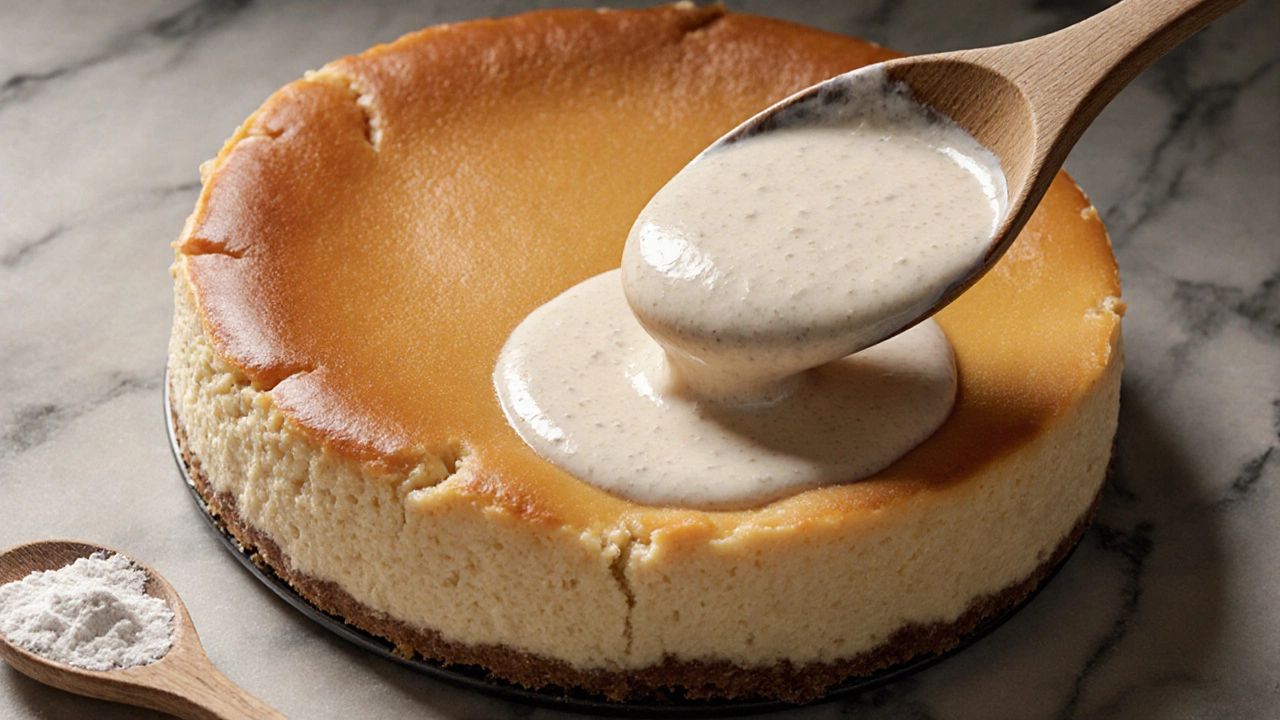
Why Do People Add Flour to Cheesecake? The Real Reason Behind the Ingredient
Flour in cheesecake isn't for flavor-it's for structure. Learn why a small amount prevents cracks, sinking, and messy slices, and how to use it right for perfect baked cheesecake every time.
View More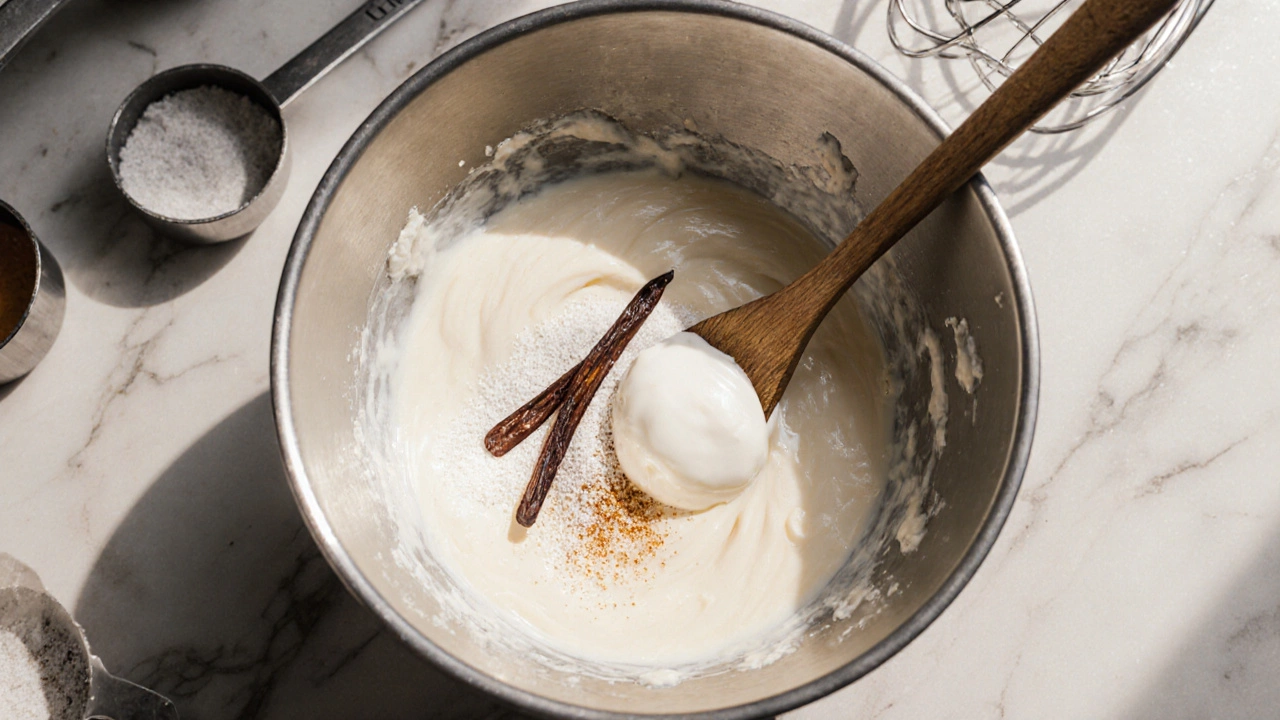
Why Add Sour Cream to Cheesecake? Benefits, Tips, and Substitutes
Explore why sour cream is added to cheesecake, how it improves texture and flavor, the right amounts, substitutes, tips, and FAQs for perfect results.
View More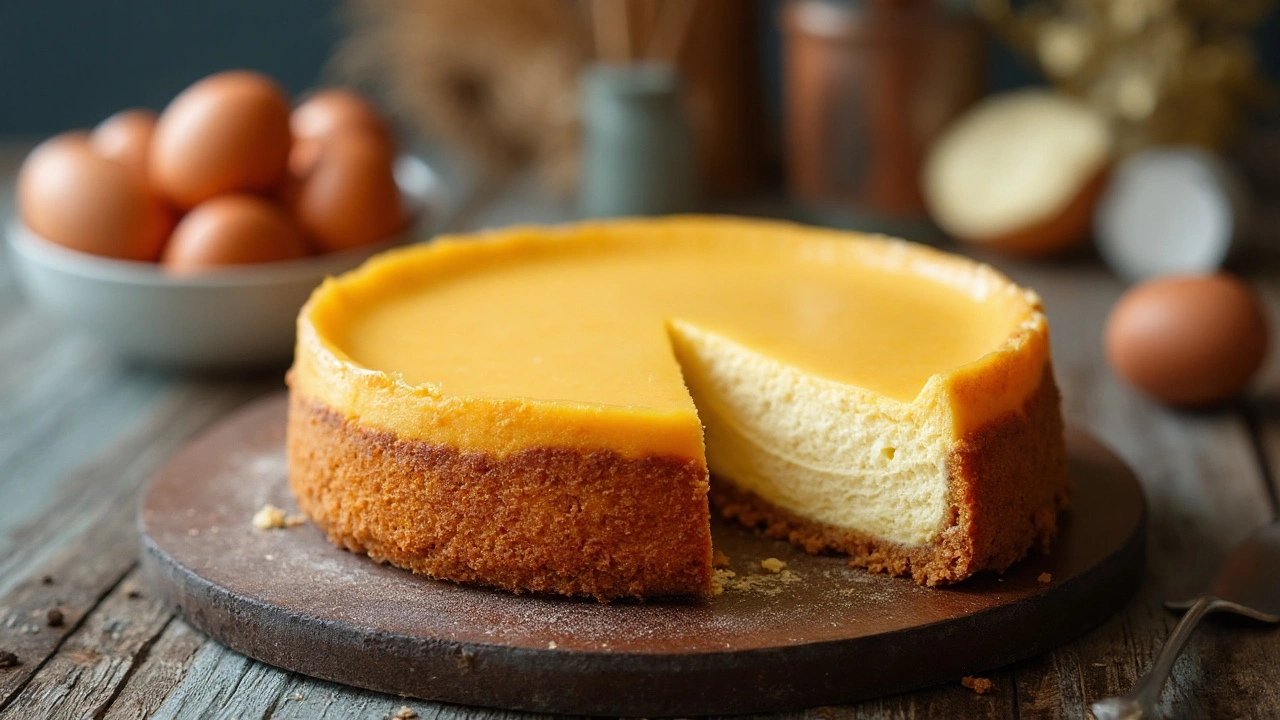
What Happens If You Skip Egg in Cheesecake? Tips for Perfect Eggless Cheesecake
Thinking of skipping the egg in your cheesecake recipe? Learn why eggs matter and how your dessert will change if you leave them out—plus easy fixes.
View More

